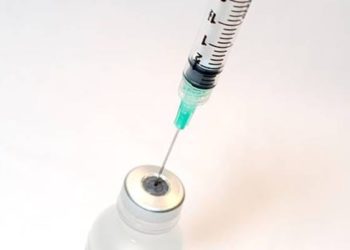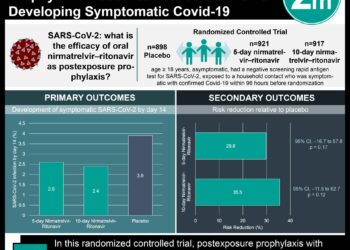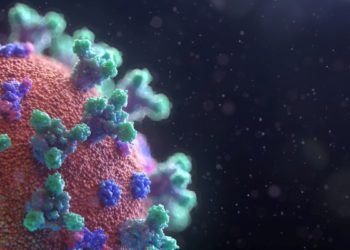#VisualAbstract: An outbreak of severe Kawasaki-like disease at the Italian epicentre of the SARS-CoV-2 epidemic
1. Findings from a cohort in Bergamo, Italy indicate a roughly 30-fold increase in the incidence of Kawasaki-like disease associated with the SARS-CoV-2 outbreak.
2. Pediatric patients diagnosed with Kawasaki-like disease post COVID-19 were more likely to have a more severe form of the disease, and had higher rates of cardiac involvement, Kawasaki Disease Shock Syndrome, and macrophage activation syndrome (MAS).
Evidence Rating: 3 (Average)
Kawasaki disease is an idiopathic acute vasculitis primarily affecting children under the age of five. Classically, patients present with prolonged fever, cervical lymphadenopathy, non-exudative conjunctivitis, polymorphic rash, and hand and feet changes, such as erythema. Although the mortality rate of the condition is relatively low at rough 1%, and often self-limiting, severe complications can arise from the disease, such as Kawasaki Disease Shock Syndrome (KDSS), macrophage activation syndrome (MAS), arrhythmias and myocardial infarction. In this observational cohort study, researchers sought to characterize an increase in incidence of Kawasaki-like disease coinciding with SARS-CoV-2 outbreak in Bergamo, Italy, an epicenter of the pandemic. The data of all child patients diagnosed with Kawasaki-like disease at a pediatric unit was reviewed between 2015 to 2020, and divided into two groups: group 1 denoting patients presenting before the beginning of the SARS-CoV-2 epidemic, and group 2 denoting patients presenting afterward. In addition to incidence, researchers investigated rates of serious adverse outcomes such as KDSS, cardiac involvement, MAS, and need for adjunctive steroid treatment. Group 1 consisted of 19 patients diagnosed between Jan 2015 to Feb 2020, and Group 2 consisted of 10 patients diagnosed between Feb 18 to April 20, 2020, eight of whom were IgG positive for SARS-CoV-2 antibodies. The difference in incidence between group 2 was calculated to be 30 times greater than group 1 (i.e., 10 vs. 0.3 per month). Patients in group 2 were also observed to have significantly higher rates (all p<0.01) of more severe form of the disease, (80% of patients requiring adjunctive steroid treatment versus 15.7% in group 1), KDSS (50% vs. 0%), MAS (50% vs. 0%), cardiac involvement (60% vs. 10.5%). Despite a small sample size, study findings draw reasonable speculation into an association between COVID-19 and Kawasaki-like disease, as increases in disease incidence, severity, and complications were observed. Study findings would suggest similar increases in Kawasaki-like disease incidence in other pandemic epicenters.
Click to read the study in Lancet
©2020 2 Minute Medicine, Inc. All rights reserved. No works may be reproduced without expressed written consent from 2 Minute Medicine, Inc. Inquire about licensing here. No article should be construed as medical advice and is not intended as such by the authors or by 2 Minute Medicine, Inc.







